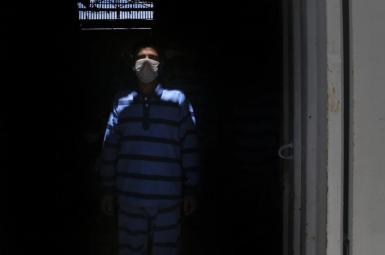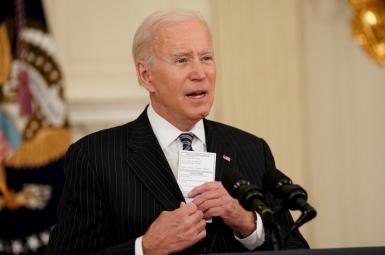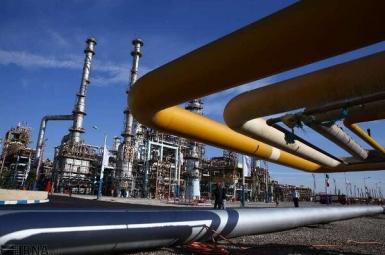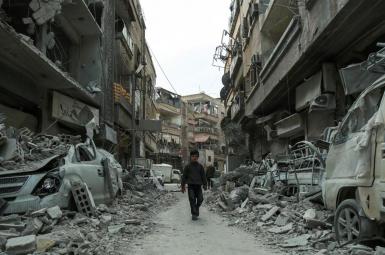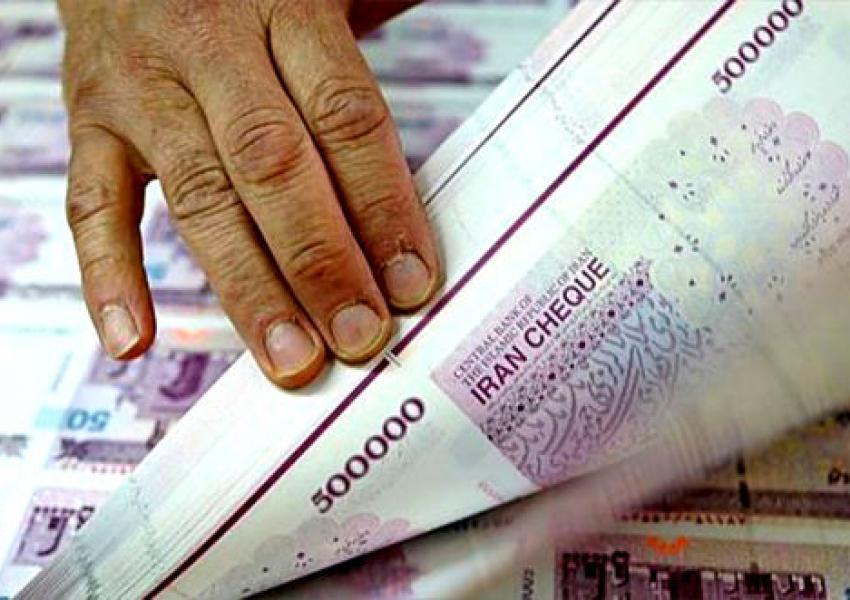
Quadruple Increase in Liquidity from 2013 to 2020
Hassan Rouhani's government officially took office in August 2013. The report of Iran's Central Bank on the monetary variables of those days shows that liquidity was about 492 thousand billion tomans.
The latest report of the Central Bank on monetary and banking variables, which are related to June 2020, shows that liquidity has exceeded 2657 thousand billion tomans.
A comparison of these two numbers shows a 440% growth in liquidity from 2013 to 2020. In other words, there has been a 4.5-fold increase in liquidity in the Iranian economy during the years that Hassan Rouhani was in office.
Liquidity is divided into two main components: "money" and "quasi-money". The monetary component of liquidity includes banknotes and coins and current bank accounts, and the quasi-monetary component of liquidity comprises the savings deposits and bank investments.
The change in the ratio of these two components in the composition of liquidity between August 2013 and June 2019 is also interesting. With the inauguration of the Rouhani government in August 2013, 21% of the total liquidity was money and the remaining 79% was quasi-money.
This combination has changed slightly in June 2020; the share of money in total liquidity has decreased to 19%, and instead, the share of quasi-money increased by 2% and reached 81%.
This combination is important because money circulates faster than quasi-money and its impact on inflation will be more significant.
The Economy of Money Printing
During the same seven-year period of Hassan Rouhani's governments, which saw a 4.5-fold increase in liquidity, Iran's average economic growth rate fluctuated between zero and less than one percent, according to various reports from Iran's Central Bank and Statistics Center.
With this in mind, it can be concluded that liquidity has grown disproportionately to Iran's economy and production, rendering it the most important reason for the continuous increase in inflation.
The main reason for the growth of liquidity is the government budget deficit. The monetization of these annual budget deficits accelerates the increase of the monetary base. The growth of the monetary base intensifies the effects of liquidity growth and eventually leads to stable and structural double-digit inflation in the Iranian economy.
Strong Currency Nightmare
Fluctuations in the "monetary base" are prioritized over the acceleration of liquidity when we want to analyze the influencing factors in liquidity.
The monetary base has various components, one of which is the volume of banknotes and coins in the economy. Banks have deposits and reserves at the Central Bank; change in these deposits alters the monetary base.
Another component of the monetary base is the government’s debt to the Central Bank, as well as its gold and foreign exchange reserves.
How the monetary base grows is also clear; just like merchants, the government writes a check and makes a commitment to cover its expenses. Since the Central Bank is not independent of the government, it is forced to accept the government's bad checks. This means the government's debt to the Central Bank increases. The Central Bank, thus, puts the printing of new money on its agenda.
The government gives its foreign exchange earnings to the Central Bank in exchange for rials; it borrows from the Central Bank, and the Central Bank settles the debt by printing money and banknotes.
By reducing different banks' deposits and reserves with the Central Bank or their borrowing from it, the banks’ ability to lend increases. This, in turn, contributes to more liquidity.
But in the process, the newly created liquidity can circulate in the banks over and over again, become credit and loans, and be made available to customers, hence the monetary base is also called strong currency.
According to a report by the Central Bank, at the end of this spring, the monetary base reached 383.5 thousand billion tomans, which increased by 8.8% compared to the end of last year. The growth rate of the monetary base in spring was even higher than the growth rate of liquidity in the first three months of the year, which grew by more than 7% during the same period.
The growth rate of the monetary base in 2019 was more than 32%, which is even higher than the average growth rate over the last 50 years (about 24.5%).
If the seasonal growth of 8.8% of the monetary base in the spring of this year gets repeated in the coming seasons, the growth rate of the monetary base will again be higher than the 50-year average by the end of this year.
Liquidity Brake and Minimum Power of the Central Bank
Of course, the Central Bank claims that by designing certain mechanisms it will overcome the growth of liquidity and the monetary base. De-monetizing the government budget deficit is one of the most important goals of the Central Bank.
The government and the Central Bank have struggled to meet the government’s needs and remedy its budget deficit without borrowing from the Central Bank and printing banknotes. Among their efforts are: selling government bonds; open market operations; offering shares of state-owned companies to the stock exchange; increasing interest rates on bank deposits; issuing an 18% interest rate on bank deposits and finally issuing two-year deposit bonds.
However, the success rate of the Central Bank's efforts does not seem to be commensurate with the uninterrupted liquidity.
But little attention is paid to the reduction of expenditure and finding a way to increase government revenues.
The government has to undergo financial discipline and eliminate a number of its budget recipients, institutions that do not play a productive role in the economy and only increase the government's financial burden. It must pressure institutions such as Astan Quds Razavi to pay taxes to meet part of the government's needs. However, this is quite unimaginable considering the influence and power of these predominantly religious institutions with ideological functions.



